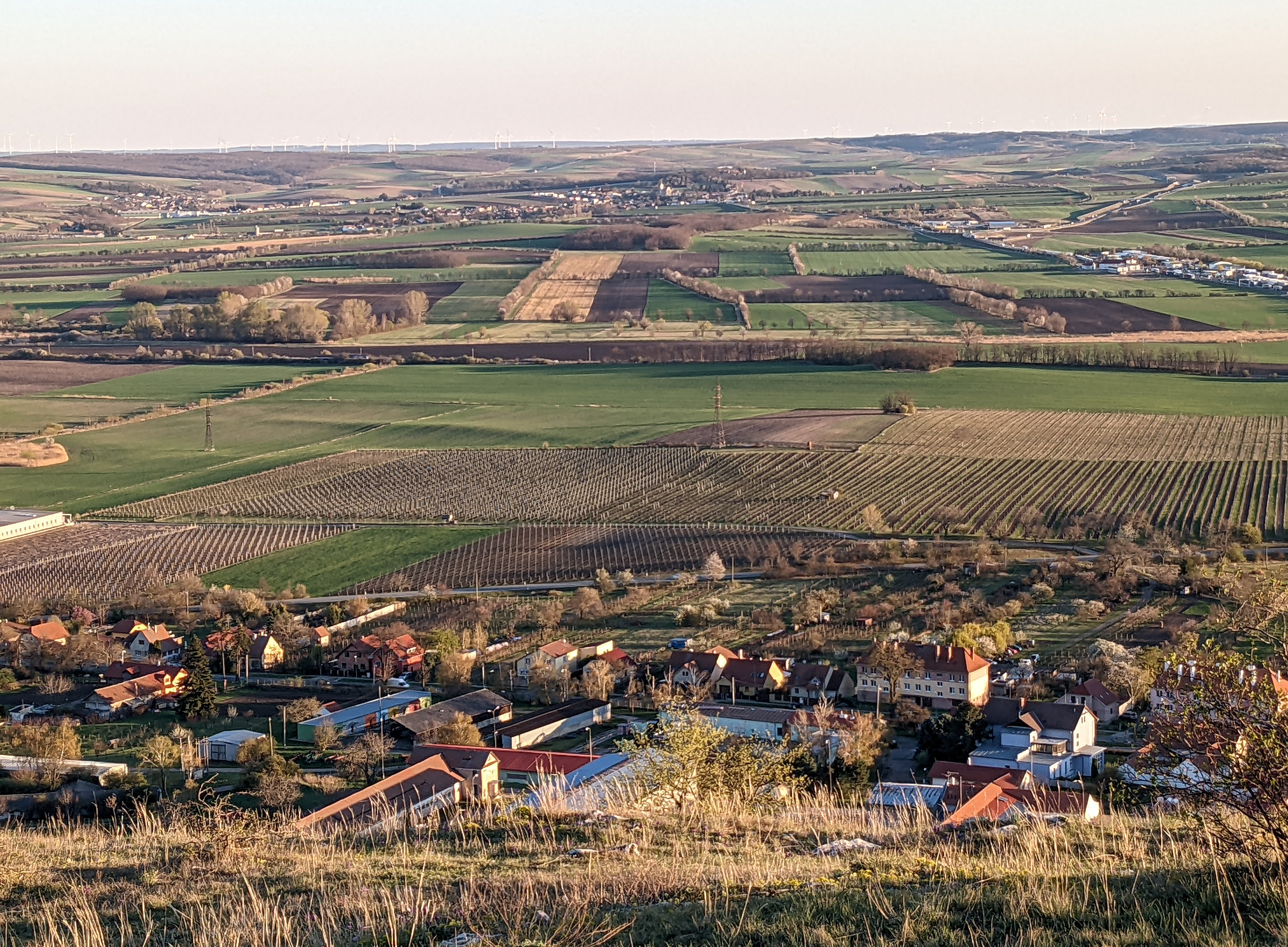Hana Skokanova (Brno, Czech Republic): Historical maps are a very good source for studying land cover changes as they show how the landscape looked in the past. Especially old topographical maps from the 19th century onwards with precise geodetical basis enable not only study how the landscape changed over time but also how big and where exactly these changes occurred. For central Europe, there is a unique set of old topographic maps covering former Austrian-Hungarian Empire made during military surveys. These surveys were conducted during the late 18th, mid-19th and late 19th century, leading to maps of so called 1st, 2nd and 3rd Landesaufnahme (military survey) maps at medium scale (from 1:28 800 to 1:25 000). While these maps were created for military purposes, there were other cartographic sources made for different purposes, such as land taxation. These sources needed to be more detailed, resulting in cadaster maps created in the 19th century at a 1:2880 scale and capturing individual plots of land. From the early 20th century onward, and especially after WWI, new sources for capturing landscape, its cover and changes sprang up in the form of aerial photos.
In the lecture we will talk about all above-mentioned cartographic sources, what are their advantages and disadvantages, how they can be interpreted in studying landscape changes and how we can link this knowledge to study changes in plant diversity or how we can use it for enhancing current landscape resilience to climate change.
